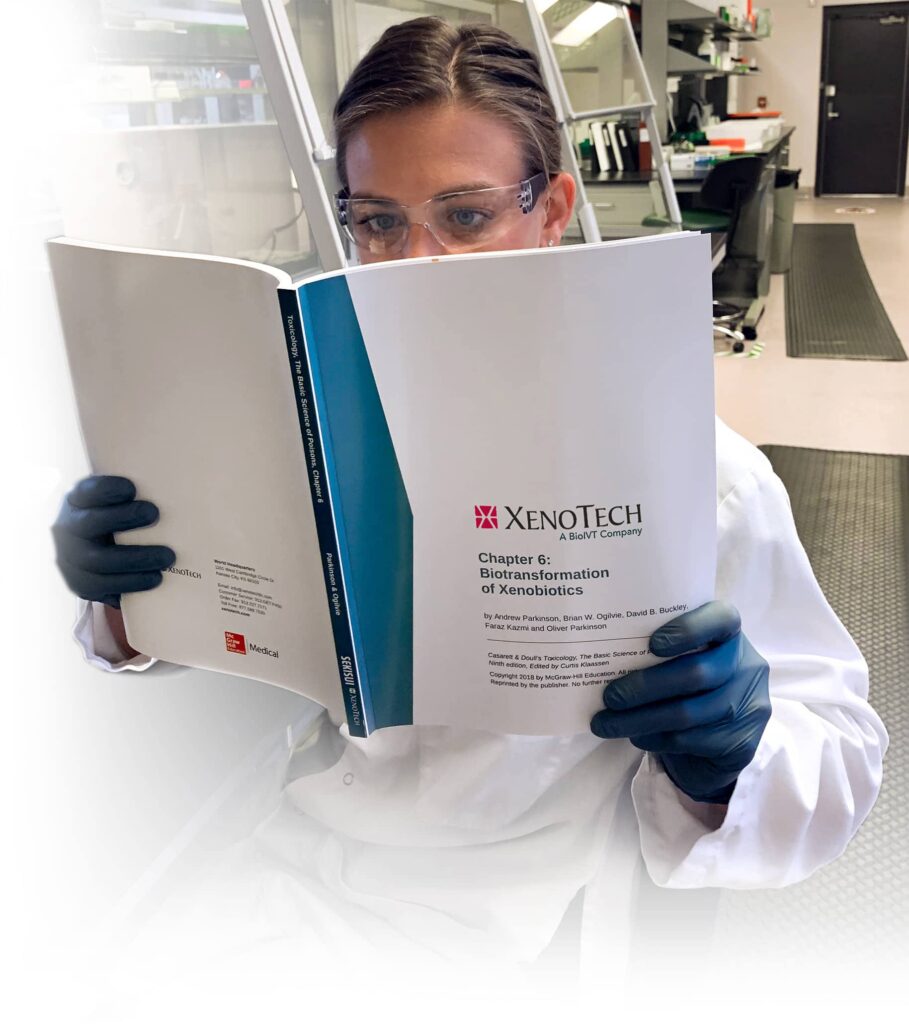
The Impact of Various Solvents and Solvent Concentrations on In Vitro Enzyme Induction Assessment
Full Title
The Impact of Various Solvents and Solvent Concentrations on In Vitro Enzyme Induction Assessment
Abstract
Induction of cytochrome P450 (CYP) enzymes is one of the principal mechanisms of drug-drug interactions inasmuch as regulators recommend that new drug candidates be evaluated for their ability to induce CYP enzymes. The FDA (US), EMA (Europe) and PMDA (Japan) recently revised the guidelines for evaluating CYP induction (FDA, 2012). According to this new guidance document, a new chemical entity (NCE) should be evaluated at very high concentrations in vitro (e.g., ((0.1*dose)/250 mL) or 50x the total Cmax,ss) (EMA, 2013). Achieving these concentrations in vitro can be problematic if the test article is insoluble in preferred solvents (e.g., 0.1% v/v DMSO) and/or cell culture medium. Consequently, test articles are evaluated for solubility in other solvents; however, potential cytotoxic effects and effects on CYP induction of these chemicals are often unknown.
In the present study, the effects of various solvents on CYP induction and cytotoxicity were evaluated in three preparations of sandwich-cultured cryopreserved human hepatocytes. These solvents include DMSO, ascorbic acid, acetic acid, acetonitrile, dimethylacetamide, ethyl acetate, and methanol. Cytotoxicity and enzyme induction potential was evaluated by in situmarker substrate incubations and mRNA expression.